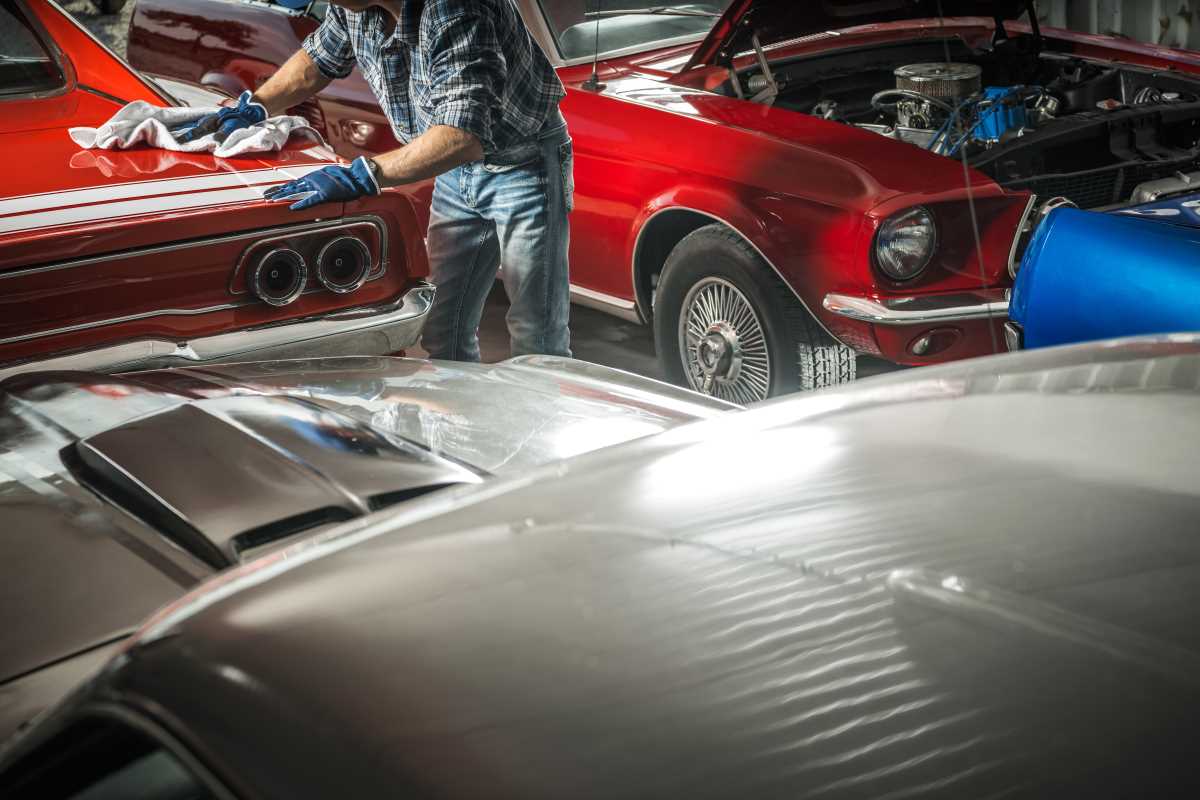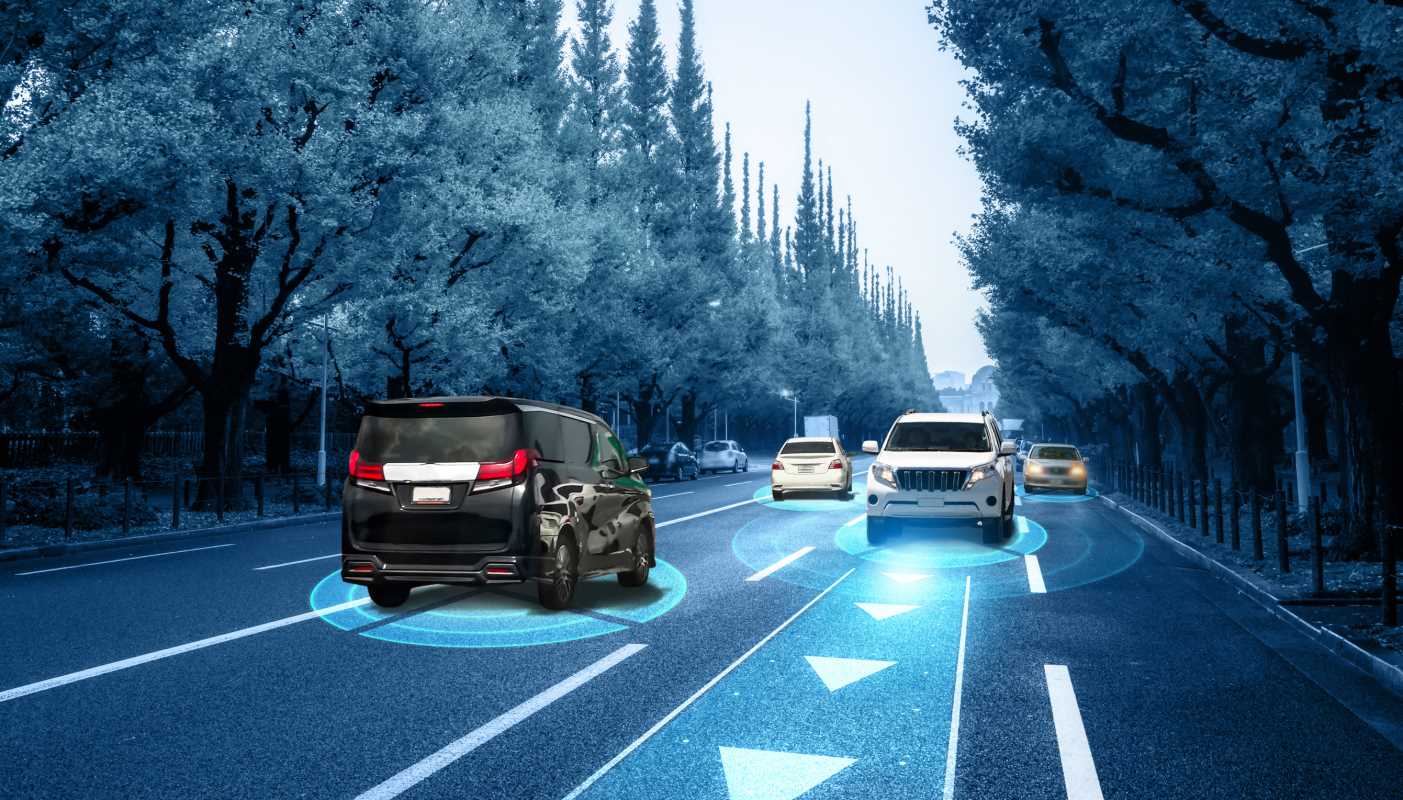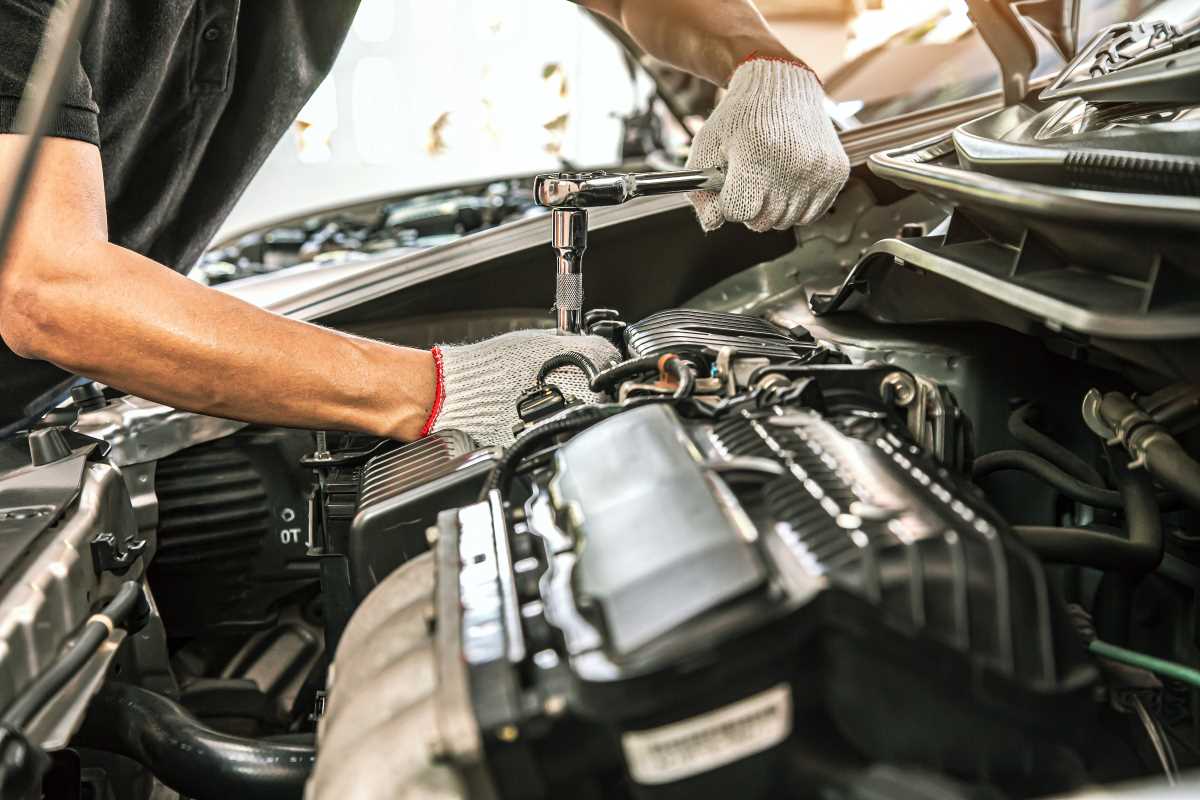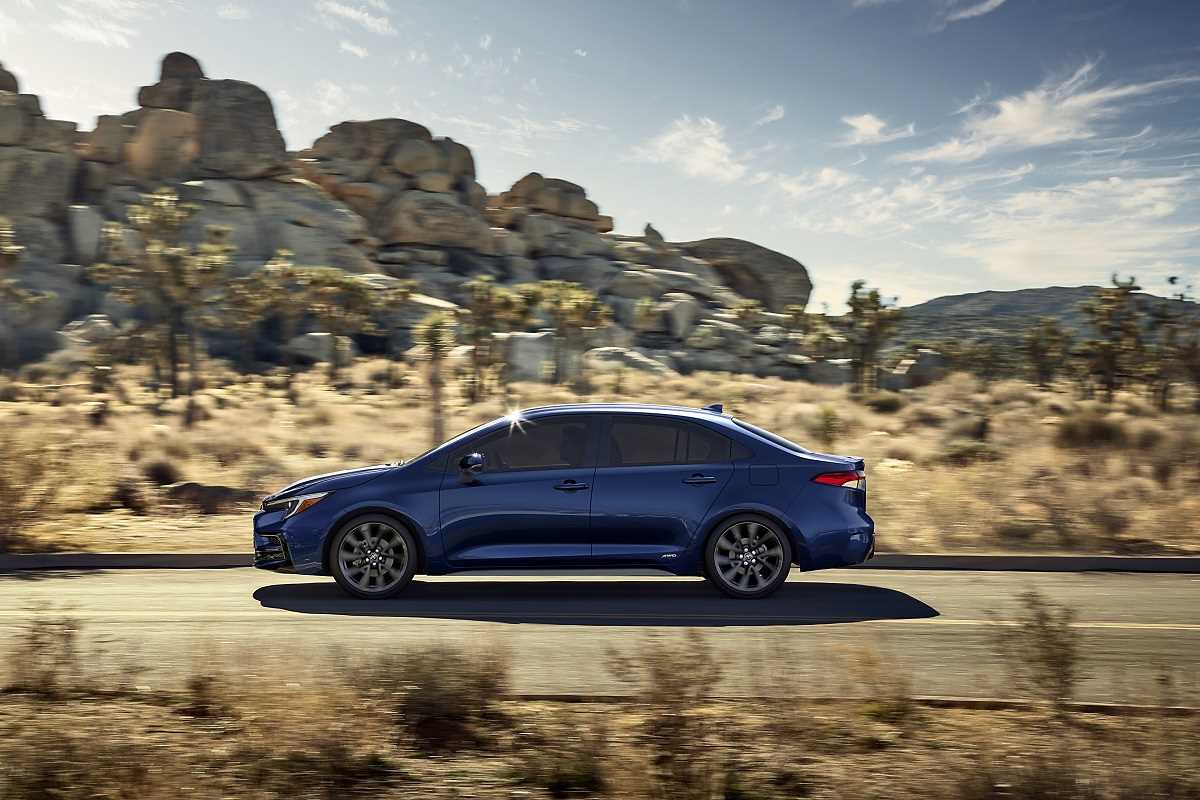City streets present challenges such as heavy traffic, unpredictable weather, and scarce parking spots, but the latest motorcycle technology addresses these issues directly. Engineers design new features that make commuting through urban environments easier and safer. Advanced batteries provide longer range, while smart suspension systems powered by artificial intelligence adapt to changing road conditions in real time. With these innovations, daily rides become more enjoyable and less stressful, offering solutions that help riders navigate city life with greater confidence and comfort. Explore how these developments in motorcycle tech are reshaping the experience of traveling through busy streets.
Picture zipping past traffic lights with near-silent acceleration or feeling your bike anticipate every bump. These breakthroughs blend practicality with excitement, showing how two wheels can outsmart congestion and reduce environmental impact. Let’s dive into five game-changing developments reshaping urban rides.
Electric Powertrains Set New Standards
Electric motorcycles keep making progress, but the latest designs deliver real-world range, faster charging, and peppy torque that exceeds expectations. Riders now cover over 150 miles per charge, which suits most urban loops and even weekend adventures. Rapid-charge tech can top batteries to 80% in under 20 minutes at compatible stations.
- Power output: up to 80 kW peak, matching small sportbikes
- Charging speed: 20–80% in 15–20 minutes with DC fast chargers
- Weight reduction: battery packs are 20% lighter thanks to new cell architecture
- Efficiency: over 95% power transfer from battery to rear wheel
Manufacturers incorporate regenerative braking algorithms that adapt to riding style. When you decelerate gently, the bike recovers more energy; when you brake hard, it switches to standard friction for maximum stopping force. Riders notice seamless transitions and less frequent brake pad replacements.
Enhanced Safety Features Improve Riding Experience
Engineers equip modern urban motorcycles with radar, LiDAR, and camera setups to sense their surroundings. These systems detect cars, pedestrians, and even road debris. When they identify a potential collision, they warn the rider through haptic feedback in the grips or helmet, providing crucial seconds to react.
- Blind-spot detection flashes LEDs in mirrors
- Forward collision alert vibrates the throttle grip
- Lane departure warnings pulse subtly through the handlebar
- Adaptive headlamps swivel with lean angle for better night vision
These features started in high-end touring models but now appear in mid-range urban machines. Vendors calibrate sensors to work well in city environments cluttered with metal poles and parked cars. The result feels natural—alerts are accurate, and riders experience fewer near-misses in hectic traffic.
Alongside electronics, new airbag vests pair with on-bike sensors. If a crash is imminent, they inflate within milliseconds, cushioning the rider’s torso. Tests reveal a significant reduction in chest and rib injuries, and many commuter riders find the added peace of mind worth the investment.
Lightweight Materials Make Bikes More Agile
Urban bikes benefit from agility, and shedding pounds makes handling easier and acceleration quicker. Recent frames employ graphene-reinforced composites combined with high-strength aluminum alloys to cut weight by up to 30% compared to steel.
Designers use simulation software to analyze every stress point, reinforcing only where the frame endures peak loads. This targeted approach reduces frame volume and mass, making lane-splitting or weaving through traffic effortless. Riders feel a clear difference at low speeds and during quick direction changes.
Sheet molding compounds and 3D-printed components now serve in non-structural parts like fairings and brackets. Manufacturers tune these materials for impact resistance, so minor scrapes or drops don’t lead to costly replacements. That boosts confidence for urban riders who often navigate tight parking spots or crowded garages.
Connected Bikes and IoT Make Rides Smarter
Commuters juggle schedules, weather apps, and route planners. The newest bikes centralize those functions on integrated displays and companion smartphone apps. Voice controls allow you to send quick texts or change routes without removing your hands from the bars.
Many models now connect to city-wide traffic networks, providing live congestion data and suggesting alternative streets. Some systems even reserve upcoming parking spots through municipal apps, guiding you directly to available spaces. In one study, riders saved an average of 15 minutes per day by following real-time updates.
You can pair your bike with wearable tech for comprehensive monitoring. Smart helmets measure rider fatigue through head movement analysis, then alert you if it detects drowsiness. Maintenance alerts send notifications for oil changes, brake service, or chain adjustments long before issues develop. Gamified milestones celebrate safe riding streaks, encouraging good habits.
Ride Dynamics Improved by Adaptive Suspension
Rough roads challenge any commuter, but adaptive suspension uses sensors to adjust damping and preload instantly. When you hit a pothole or speed bump, the system softens immediately, then stiffens for smoother asphalt. Riders experience a balanced, controlled ride despite surface changes.
Manufacturers tune algorithms based on ride mode selection—Eco for energy savings, Sport for sharper handling, and Comfort for a plush experience. Some setups learn your preferred settings over time, customizing responses based on your typical routes and riding habits.
Gyroscopic stabilizers appear in certain latest models, reducing wobble at low speeds. These systems employ small internal flywheels that spin rapidly to counteract the bike’s lean, making U-turns and slow maneuvers feel more stable. City riders appreciate the decreased anxiety when weaving through tight traffic or making quick stops at crosswalks.
These advances improve urban commuting with cleaner, safer, and more connected motorcycles. They help city residents save time, reduce stress, and enjoy the ride again.
 (Image via
(Image via





